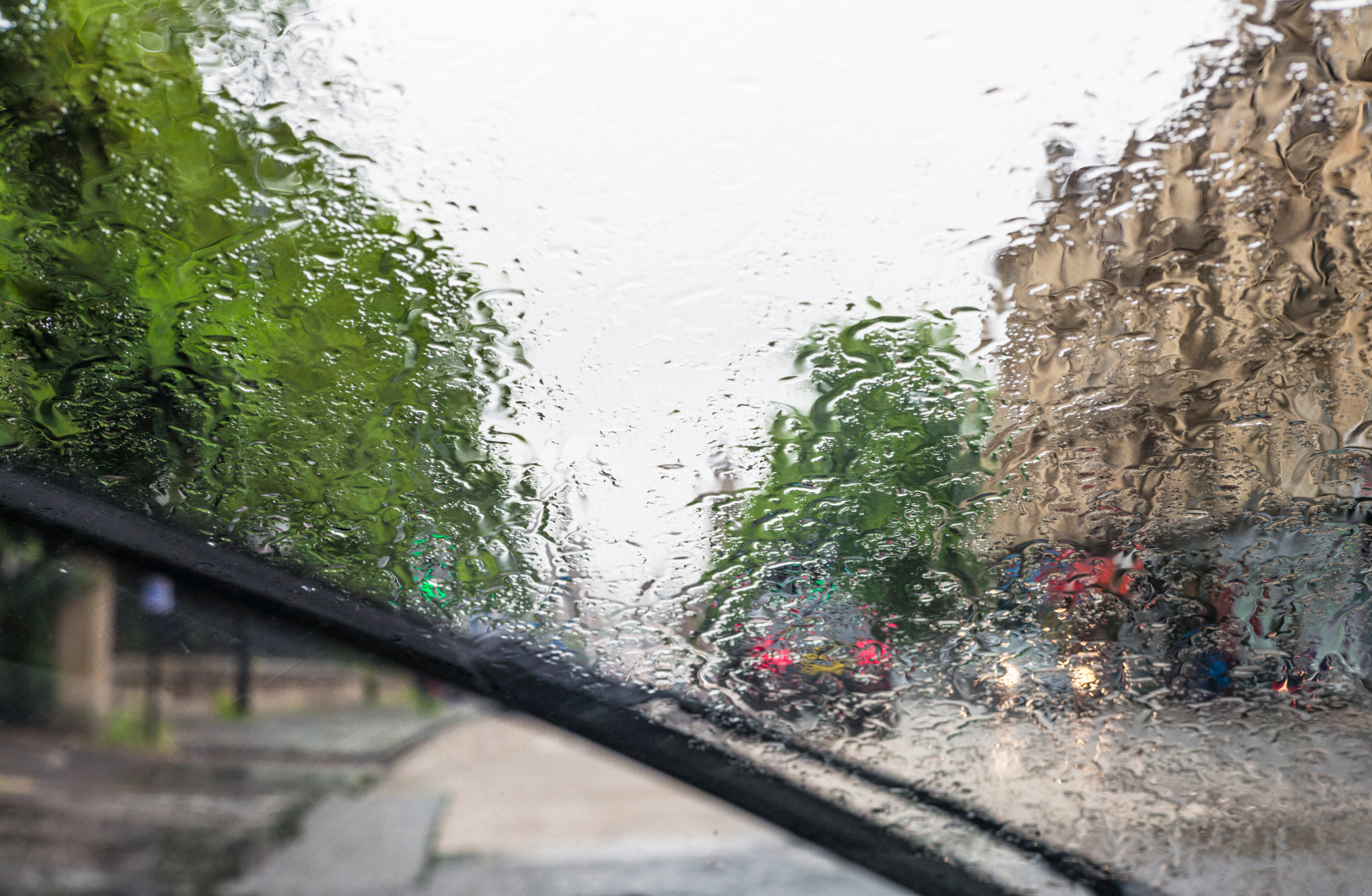Are they already completely sealed?
Rain through an open window, a spilled drink in the interior, a drive through a deep puddle – carelessness that can damage the car and its components and really cost money. For this reason, engineers try to safeguard the vehicle against the unintentional ingress of liquids during the development process. Up to now, many expensive prototypes have been needed to check this. With a specially optimized simulation model, IAV is taking a faster and, above all, less expensive route.

Compared to the previous test-based validation with real prototypes, simulation offers a major advantage: If a specific vehicle is driven through a pool of water, for example, it is possible to detect whether a sensitive component has been washed around with water. However, it is usually very difficult to determine how the water got to the respective component in a practical test.
Another advantage of simulation: Digital testing speeds up the development process enormously.
«The development cycles of vehicle generations are following one another ever more quickly – especially in the case of electric vehicles.»
— Senior Vice President Vehicle Testing & EMC at IAV
“Here, we have even less time for lengthy validation with an abundance of prototypes.” Simulation in the early development phase helps engineers reduce the use of prototypes and thus shorten the development process.
For simulation, engineers use a vehicle’s design data and have it drive virtually on the computer through a pool of water or through a rainstorm, for example. In recent years, IAV has continuously optimized its simulation methodology and compared it with tests. In the meantime, even complex damage patterns can be mapped – such as a defective axle boot that leaks oil, which then splashes onto other components as a result of the rotation.

Electric vehicles deserve special attention when it comes to protection against water damage. For example, while driving in the rain or through puddles, water can splash onto the vehicle’s underbody and reach the high-voltage battery or power electronics. But the ingress of rainwater through the water tank below the windshield into the air intake of the air-conditioning system must also be avoided. In vehicles with internal combustion engines, on the other hand, the engine air intake is one of the most sensitive assemblies. If water gets into the combustion chamber, water hammer or a damaged engine is the possible consequence. In this simulation, the particular challenge lies in the coupling of air and water. But here, too, IAV engineers have found a solution. Simulation helps to identify such problem areas and develop protective measures at an early concept stage, well before the first prototype is built, and irrespective of the type of drive.
The article was published in automotion 01/2021, the automotive engineering magazine of IAV. Here you can order the automotion free of charge.


